- Home/
- Comparisons/
- Fresh Food Delivery/
- Parsley vs Coriander
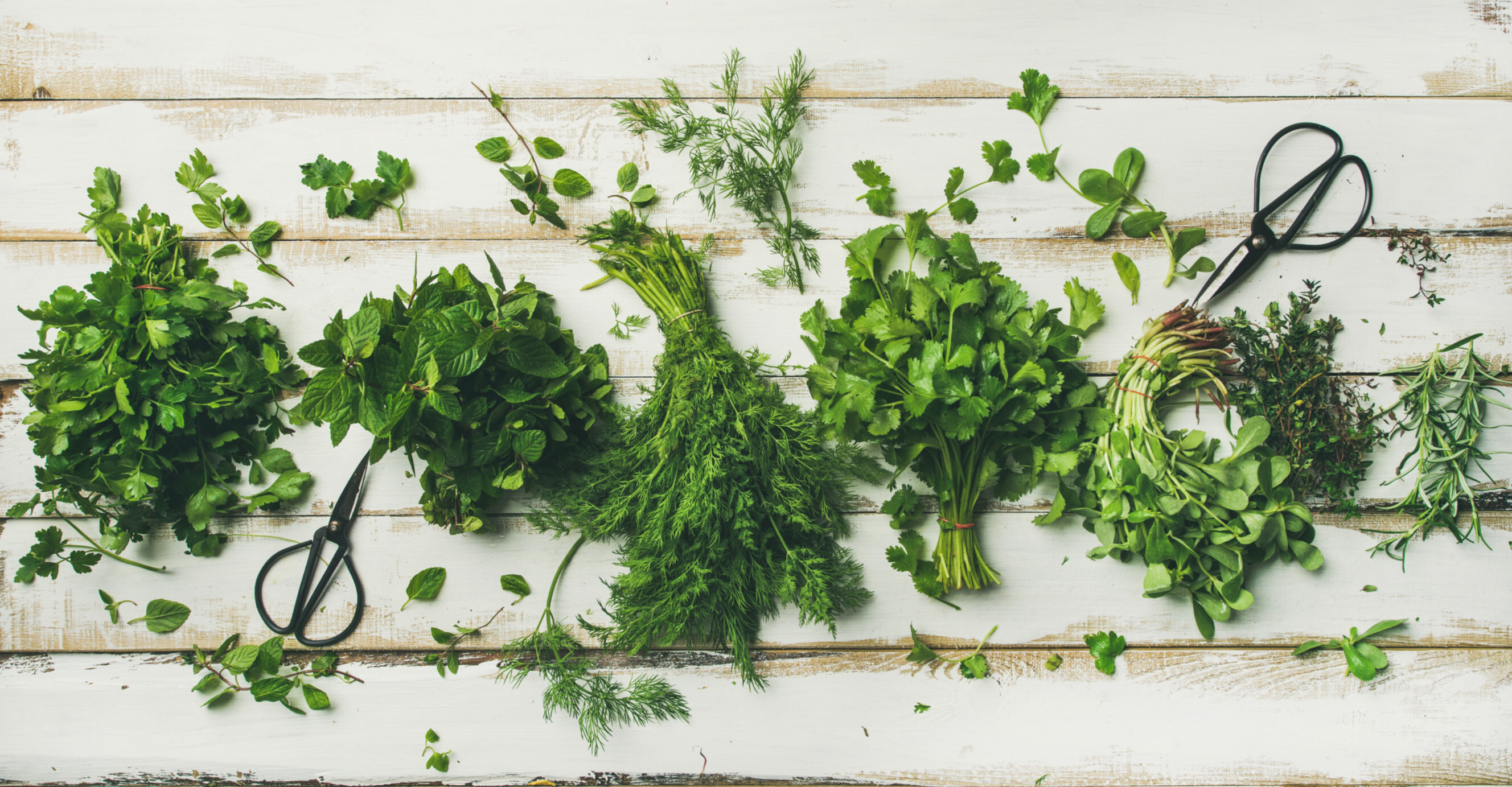
Parsley vs coriander: Which herb to pick for your cooking?
Comparing parsley and coriander in terms of taste, cooking uses, nutrition, and more.
Hire fresh food delivery taskersPublished on

Written by Angela A.
Staff Writer
Read more about our contributor
Key Facts
- Coriander is a fragrant herb with a citrusy flavour, commonly used in global cuisines and also known as cilantro in some areas.
- Parsley is an herb with a mild, slightly peppery flavour, often used as a garnish or in salads.
In traditional hearty meals, herbs can add extra flavour. Whether it's the mild and fresh parsley or the vibrant and tangy coriander, deciding which herb to use can transform your dishes in subtle yet significant ways. However, doing that can be hard at times.
In this guide, we'll dive into the distinct characteristics and uses of both herbs. By understanding their unique tastes and the best dishes to pair them with, you'll be able to confidently decide between parsley vs coriander. Find out which will become your secret ingredient for those comforting, home-cooked meals.
What is parsley?
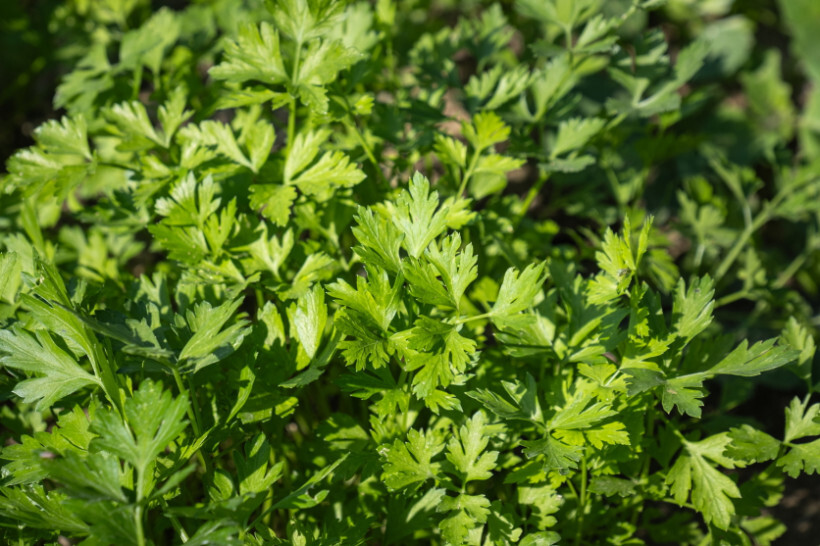 Close-up of fresh parsley leaves. (Source: iStock)
Close-up of fresh parsley leaves. (Source: iStock)
Parsley is an herb known for its mild, slightly peppery flavour that can enhance a wide range of dishes. Primarily, there are two types of parsley: curly leaf and flat leaf (also known as Italian parsley).
Curly parsley is often used as a garnish thanks to its vibrant, decorative appearance. Flat-leaf parsley, on the other hand, is preferred for cooking due to its stronger taste profile and versatility. Both are used as a sprig to salads or a sauce ingredient.
What is coriander?
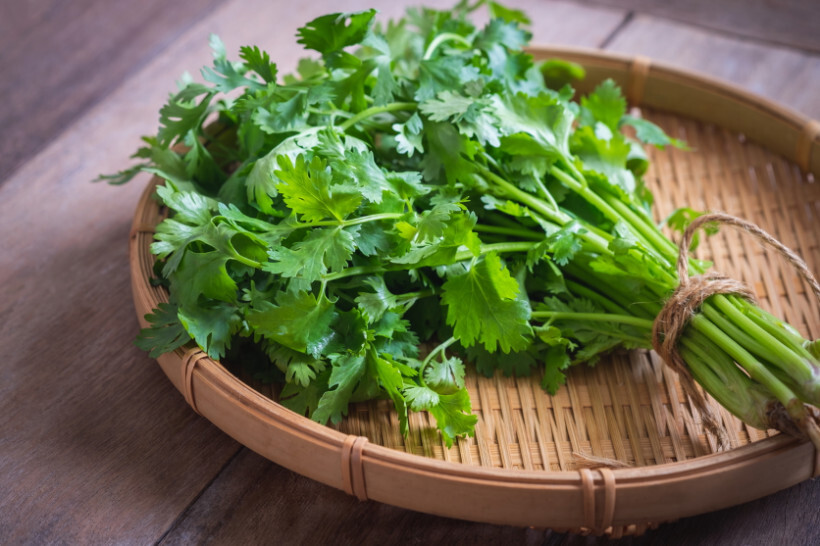 Fresh coriander leaves on display. (Source: iStock) Coriander, known as cilantro in some regions, is a fragrant herb that packs a citrusy punch. It has a green, leafy appearance similar to parsley, but they're quite different in taste.
Fresh coriander leaves on display. (Source: iStock) Coriander, known as cilantro in some regions, is a fragrant herb that packs a citrusy punch. It has a green, leafy appearance similar to parsley, but they're quite different in taste.
Coriander is a staple in many global cuisines, like Indian, Mexican, and Thai. You've probably encountered it in salsas, curries, or as a garnish. Some folks avoid it because of its unique, somewhat soapy flavour, though.
Most people use its leaves and stems. However, you can also use the seeds as a spice since they have a warm, nutty taste.
Coriander vs parsley: What makes them unique from each other?
To compare these two herbs, we'll look at their flavours, uses, appearance, nutritional benefits, and other unique characteristics. Each herb brings something different to the table, and understanding these differences can help you make the right choice for your needs. So, regardless if you're whipping up a fresh salsa or a hearty stew, you'll know exactly which herb to reach for.
In terms of appearance
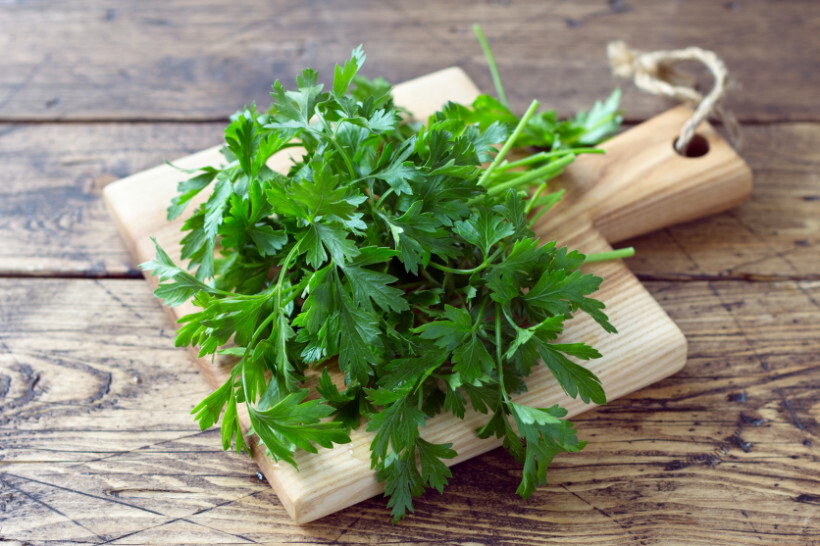 Parsley ready to be chopped on a cutting board. (Source: iStock)
Parsley ready to be chopped on a cutting board. (Source: iStock)
Curly parsley has tightly coiled, ruffled leaves and a bright green colour. The stems are thin and firm, making it look dense and bushy which is perfect for garnishing. Flat-leaf parsley, on the other hand, has broad and pointed leaves with a deep green hue. Their stems are sturdy and long, so they have a more open appearance compared to their curly counterpart.
Coriander has rounded lacy leaves with serrated edges. Its bright green colour and thin, tender stems give it a light and feathery look. They're also less dense in appearance.
In terms of taste and flavour profile
Curly parsley has a mild, slightly peppery flavour with a hint of bitterness. It’s often used as a garnish rather than in cooking due to its milder taste. Italian or flat-leaf parsley, on the flip side, offers a more robust, peppery taste. This makes it a preferred choice for dishes like soups, stews, and sauces.
Coriander leaves are strong, pungent, and citrusy with a slightly spicy kick, which some people find soapy. It’s a staple in Asian, Latin American, and Middle Eastern cuisines. The seeds, however, are warm, nutty, and only slightly citrusy, and are used as a spice in various dishes.
In terms of usage in cooking
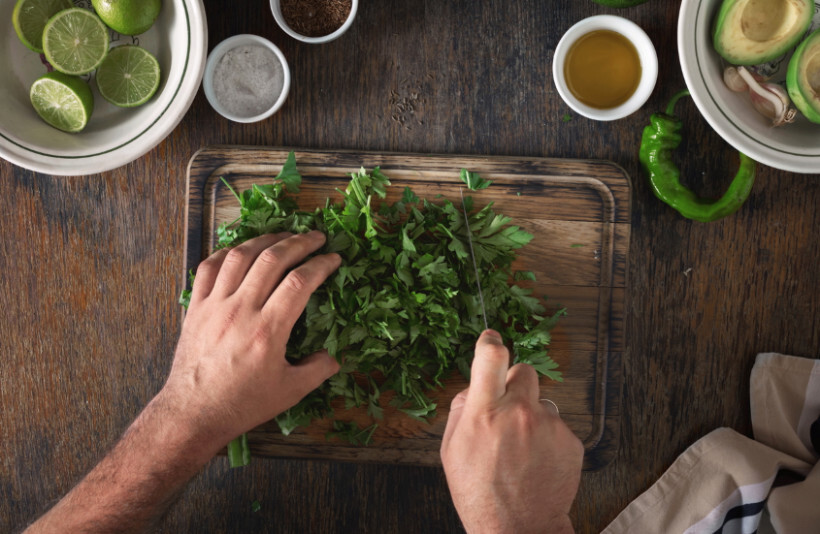 Chopping coriander for cooking. (Source: iStock)
Chopping coriander for cooking. (Source: iStock)
Curly parsley is mostly used as food decor due to its appearance and mild flavour. It doesn’t overpower dishes and is great for finishing touches. Flat-leaf parsley, with its stronger profile, is sometimes used in other dishes as an ingredient.
Coriander’s uses in cooking are more varied. Fresh leaves are added to sauces, chutneys, and guacamole and as a garnish for soups and curries. Coriander seeds, either whole or ground, spice up stews, soups, and baked goods.
In terms of nutritional value
Parsley and coriander, both members of the Apiaceae family, have impressive nutritional profiles. Here are some nutrients they both have:
Vitamin K: For blood clotting and bone health
Vitamin A: For vision and immune function
Vitamin C: For the immune system and skin
They're also both rich in antioxidants, which help protect cells from damage and reduce inflammation.
The two also have nutrients unique to each. Parsley has good amounts of iron, which is important for blood production and the transport of oxygen around the body. It also contains folate that's good for the DNA.
Meanwhile, coriander has manganese, which is crucial for metabolism and bone formation. You can also get potassium from it to keep your heart and muscles healthy.
In terms of shelf life
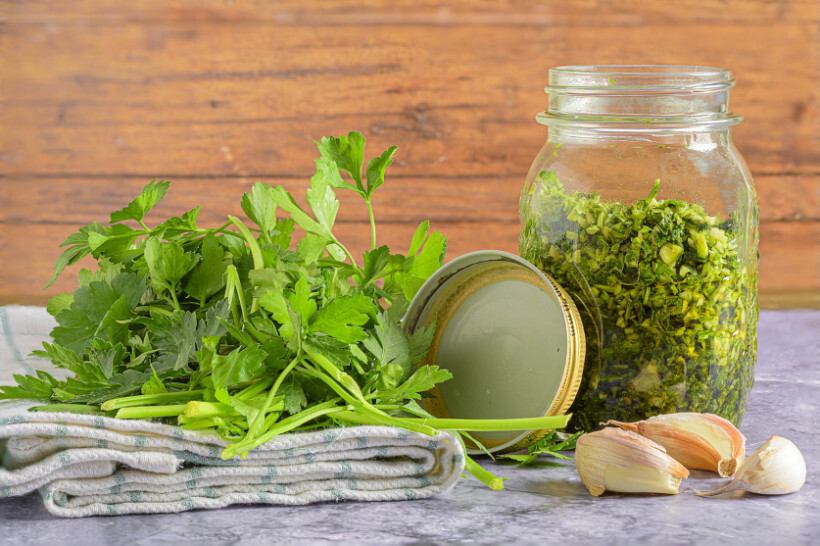 Herbs including parsley and coriander preserved in jars. (Source: iStock)
Herbs including parsley and coriander preserved in jars. (Source: iStock)
Fresh parsley lasts about 1 to 2 weeks in the fridge, while fresh coriander can last around 1 week. Both herbs can be frozen: chop them, put them in ice cube trays with some water or oil, and transfer them to a freezer bag.
You can also store them in the kitchen the same way. Dried parsley and coriander both last up to 1 to 3 years in an airtight container in a cool, dark place.
It's important to note, though, that dried parsley tends to lose potency over time, so use it within a year for the best results. Coriander seeds retain their flavour well, especially when you store them whole and grind them as needed.
In terms of availability
Parsley is widely available year-round in most supermarkets and grocery stores. You can find it in both fresh and dried forms. It also grows easily at home, indoors in pots or outdoors in gardens, making it a popular choice for people growing an herb garden.
Coriander is also widely available, though fresh leaves may be more seasonal depending on the region. It's sold fresh, dried, and as seeds. Given its preference for cooler temperatures, understanding coriander growing conditions is key for home growers to avoid bolting (premature flowering). Here's a crash course:
Plant coriander seeds 1/4 inch deep in well-drained soil.
Keep the soil consistently moist, but not waterlogged.
Coriander prefers cool temperatures around 60°F to 70°F (15°C to 21°C).
It can tolerate a bit of shade but does best with at least 6 hours of sun per day.
If you're looking to cultivate your own herbs, bear in mind that coriander is an annual herb, so you'll need to replant it annually. On the other hand, parsley is a biennial and can be a more lasting addition. It's also wise to learn more about plant lifespans to plan your timings better.
Have the finest herbs delivered to your doorstep with Airtasker
Incorporating fresh herbs into your cooking can add depth and a burst of flavour that dried ones just can't match. But when life gets busy, finding the time to grow or hunt down the freshest herbs can be challenging.
With Airtasker, you can easily connect with professionals who can handle your fresh food and grocery delivery. You can even hire an expert cook to whip up meals for y
Learn more about our contributors

Written by Angela A.
Staff Writer
Angela Apolonio is an experienced writer with a Biology background. She writes about home tips, car upkeep, gardening hacks, and food facts, bringing a unique blend of science and practicality to her work. As a wife and a mother, she knows the value of iron-clad routines, so she's passionate about sharing what works for her with everyone else. She loves making everyday life simpler and helping readers find fresh ideas to bring more joy into their spaces.
Side-by-side comparison
|
Parsley |
Coriander |
|
|---|---|---|
|
Appearance |
Curly or flat leaves, bright green |
Rounded lacy leaves with serrated edges, bright green |
| Taste and Flavour Profile |
Mild, slightly peppery flavour |
Strong, pungent, citrusy, sometimes soapy flavour |
| Usage in Cooking |
Garnishing, salads, soups, stews |
Salsas, chutneys, curries—seeds are used as spice |
| Nutritional Value |
Rich in vitamins A, C, and K, contains iron and folate | Rich in vitamins A, C, and K, contains manganese and potassium |
| Shelf Life | Fresh: 1-2 weeks, Dried: 1-3 years—but may lose potency |
Fresh: around 1 week, Dried: 1-3 years |
|
Availability |
Widely available year-round, easy to grow | Widely available, but fresh leaves are more seasonal |
FAQs on parsley and coriander
You can, but it’s not ideal. Parsley has a milder taste and won’t offer the same citrusy, spicy notes as coriander. Consider adding lemon or lime zest for a closer match.
Yes, flat-leaf parsley and Italian parsley are the same. It is known for its strong flavor and broad, flat leaves.
Yes, coriander can be grown outside with well-drained soil, a sunny or partially shaded spot, and regular watering. To grow coriander in Ireland without problems, protect it from excessive rain and frost.
Find fresh food deliverers, fast
Post a task
Related articles